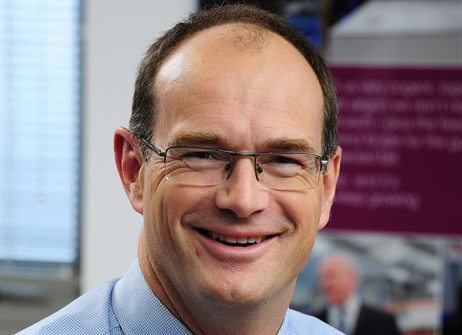
Emissions limits for combustion plants have been set by the EU. If you run a plant from 1 megawatt thermal input up to 50 megawatts the regulations will apply to you. Simon Trahair-Davies from
The Medium Combustion Plant Directive is designed to provide long-term certainty for operators, and EU regulators hope it will also encourage continued innovation in pollution control technology.
The directive limits the emission of certain pollutants from medium combustion plants. It is estimated that there are around 143,000 medium combustion plants in the EU, which are used for a variety of applications including providing heat for industrial processes. These plants create sulphur dioxide, nitrogen oxides and dust.
It regulates the emissions of sulphur dioxide, nitrogen oxides and dust, aiming to reduce the risks to human health and the wider environment.
The limits will have to be applied from 20 December 2018 for new plants and by 2025 or 2030 for existing plants, depending on their size.
The directive grew out of the Clean Air Policy Package and also ensures implementation of the long-range air pollution obligations arising from the Gothenburg Protocol. The directive came into force in December 2015 and will be adopted by member states by 19 December 2017.
Who will be affected?
The directive applies to combustion plants with a rated thermal input equal to or greater than 1 megawatt and less than 50 megawatts. Larger plants are covered by the Industrial Emissions Directive and smaller appliances by the Ecodesign Directive.
A combustion plant is defined as “any technical apparatus in which fuels are oxidised in order to use the heat thus generated,” so it will cover boilers, engines and turbines.
What will this mean?
From 20 December 2018, all newly-registered plants will require a permit in order to operate. It is likely installations between 1-20 megawatts will need to be inspected every three years and those between 20-50 megawatts annually. However, this is still a matter of debate. The directive also sets out rules around the monitoring of carbon monoxide, although it doesn’t limit emissions.
In the situation of plants registered before 20 December 2017, and operational before 20 December 2018, the limits will be less stringent and there will be longer to comply. If a plant is over 5 megawatts the deadline will be 1 January 2024, with emissions limits applying from 1 January 2025. For smaller plants the deadline will be 1 January 2029, with emissions limits applying from 2030.
Permits and sampling
In some member states the issue of who issues permits and conducts the sampling has been an issue of debate. In the UK permits will be issued by The Environment Agency, Northern Ireland Environment Agency, SEPA and Natural Resources Wales for England, Northern Ireland, Scotland and Wales respectively. Local authorities may also be consulted for high-risk plants.
In the UK the issue of sampling is still to be resolved with random testing or scheduled testing being considered as approaches by The Environment Agency. The agency is keen to see ‘low risk’ plants receive a ‘light touch’, with plants burning ‘dirtier’ fuel or over 20 megawatts likely to require a MCERTS (the Environment Agency’s monitoring certification scheme) accredited laboratory.
What emission limit values (ELVs) will apply to my plant?
Limits will depend on the type of appliance, fuel and age of the appliance.
Some member states, or regions within member states may have more stringent limits, and if that is the case the more stringent limits must be adhered to.
What should I do if my plant does not meet the regulations?
There are a number of things that can be done. At the most extreme end and incurring the highest cost would be installing a new plant which meets the regulations.
However, that may not be necessary. Nitrogen oxides can be reduced by careful commissioning of the boiler, and ensuring matching boiler and burners are used. For sulphur dioxide using lower sulphur fuels, or moving from heavy fuel oil to diesel or LPG, can reduce levels.







